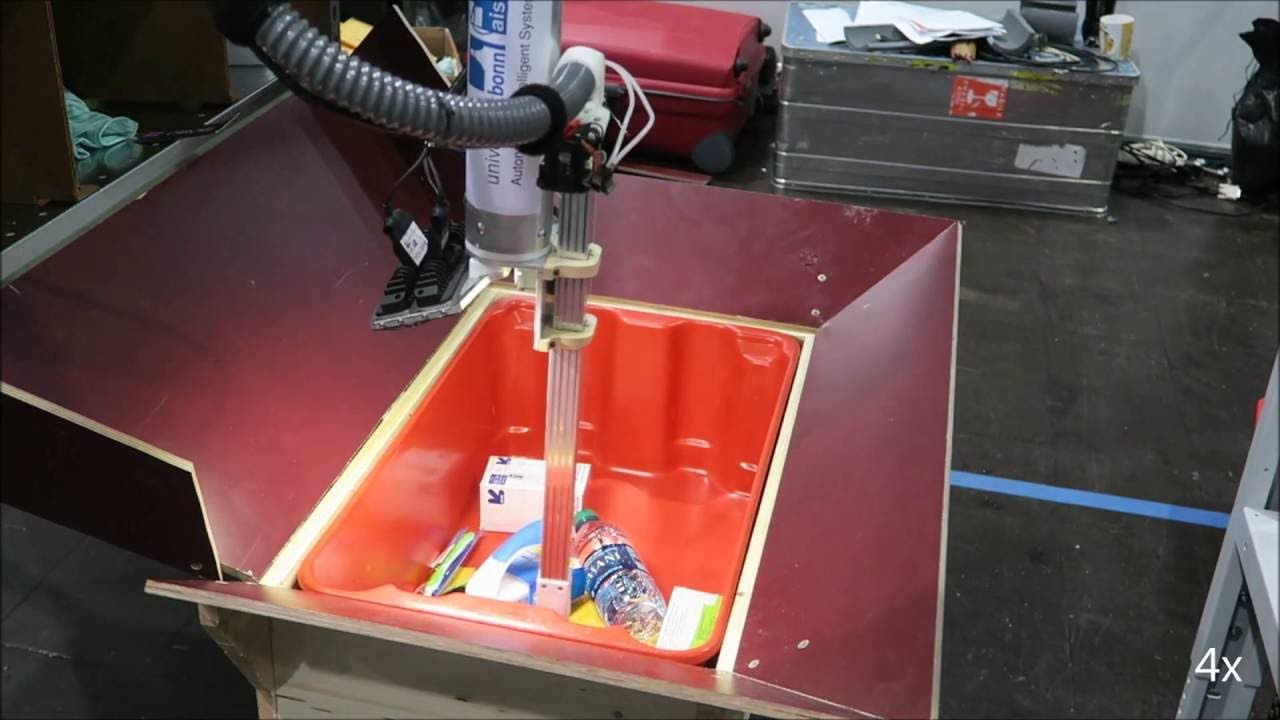In a first, Japanese scientists have used a computer programme and a touch screen device to encourage a paralysed chimpanzee to walk again, showing that euthanasia need not be the only option for animals injured in captivity.
A huge vertical farm—where crops are planted, grown, and harvested all with neither sun nor soil—is being built in New Jersey. When it’s finished, it will be the largest one in the world.
You can see one of the (smaller) existing factories from AeroFarm, on which the new one will be modeled, above in this video from Seeker Stories. Nothing they are doing or planning is really new—people have been growing vegetables indoors under LED lights, minus the soil, for a very long time now. Even the factory spin is nothing new. Japan’s Mirai factory has been doing something similar on a slightly smaller scale for years now. What is interesting here, though, is just how big this place is.
Glad it has been approved. This would have been great for BMI technology as well; however, FDA limits it to only treat clogged arteries.
WASHINGTON (AP) — A medical implant that slowly dissolves into the body could be the answer to long-standing safety concerns with devices used to treat clogged arteries.
But not so fast, say experts.
Abbott Laboratories’ newly-approved Absorb stent comes with one important caveat: it hasn’t yet been shown to be safer than older metal implants.
I told folks just the other day; US Manufacturing in the next 3 to 5 years will primarily be robots, 3-/4-D printers, other AI systems, and a couple of line managers to spot check quality of the operation. Just surprised Amazon wasn’t already fully robotic.
Amazon’s progress toward an army of helpful robots is one step closer: a prize for the best warehouse-working “picker” machine has gone to a robot designed by a team from TU Delft Robotics Institute and Delft Robotics, both based in the Netherlands.
The competition was held in conjunction with Germany’s Robocup in Leipzig. Announced on Monday, the winners took home $25,000, while the university of Bonn’s NimbRo won $10,000 for second place and Japanese firm PFN was awarded $5,000 for third.
The contest, in Amazon’s words, “aimed to strengthen the ties between the industrial and academic robotic communities,” and ended with slightly fewer than half of the entrants scoring more than 20 out of 40 possible points, according to a report in TechRepublic. The technology is advancing quickly: all of those contestants would have surpassed the highest scorer in the previous Picking Challenge, held just three years ago.
Nice.
Researcher Tim Burgess added atoms of zinc to lasers one hundredth the diameter of a human hair and made of gallium arsenide — a material used extensively in smartphones and other electronic devices.
The impurities led to a 100 times improvement in the amount of light from the lasers.
“Normally you wouldn’t even bother looking for light from nanocrystals of gallium arsenide — we were initially adding zinc simply to improve the electrical conductivity,” said Mr Burgess, a PhD student in the ANU Research School of Physics and Engineering.
A newly published study details how engineers developed programmable RNA vaccines that work against Ebola, H1N1 influenza, and a common parasites in mice.
MIT engineers have developed a new type of easily customizable vaccine that can be manufactured in one week, allowing it to be rapidly deployed in response to disease outbreaks. So far, they have designed vaccines against Ebola, H1N1 influenza, and Toxoplasma gondii (a relative of the parasite that causes malaria), which were 100 percent effective in tests in mice.
The vaccine consists of strands of genetic material known as messenger RNA, which can be designed to code for any viral, bacterial, or parasitic protein. These molecules are then packaged into a molecule that delivers the RNA into cells, where it is translated into proteins that provoke an immune response from the host.









